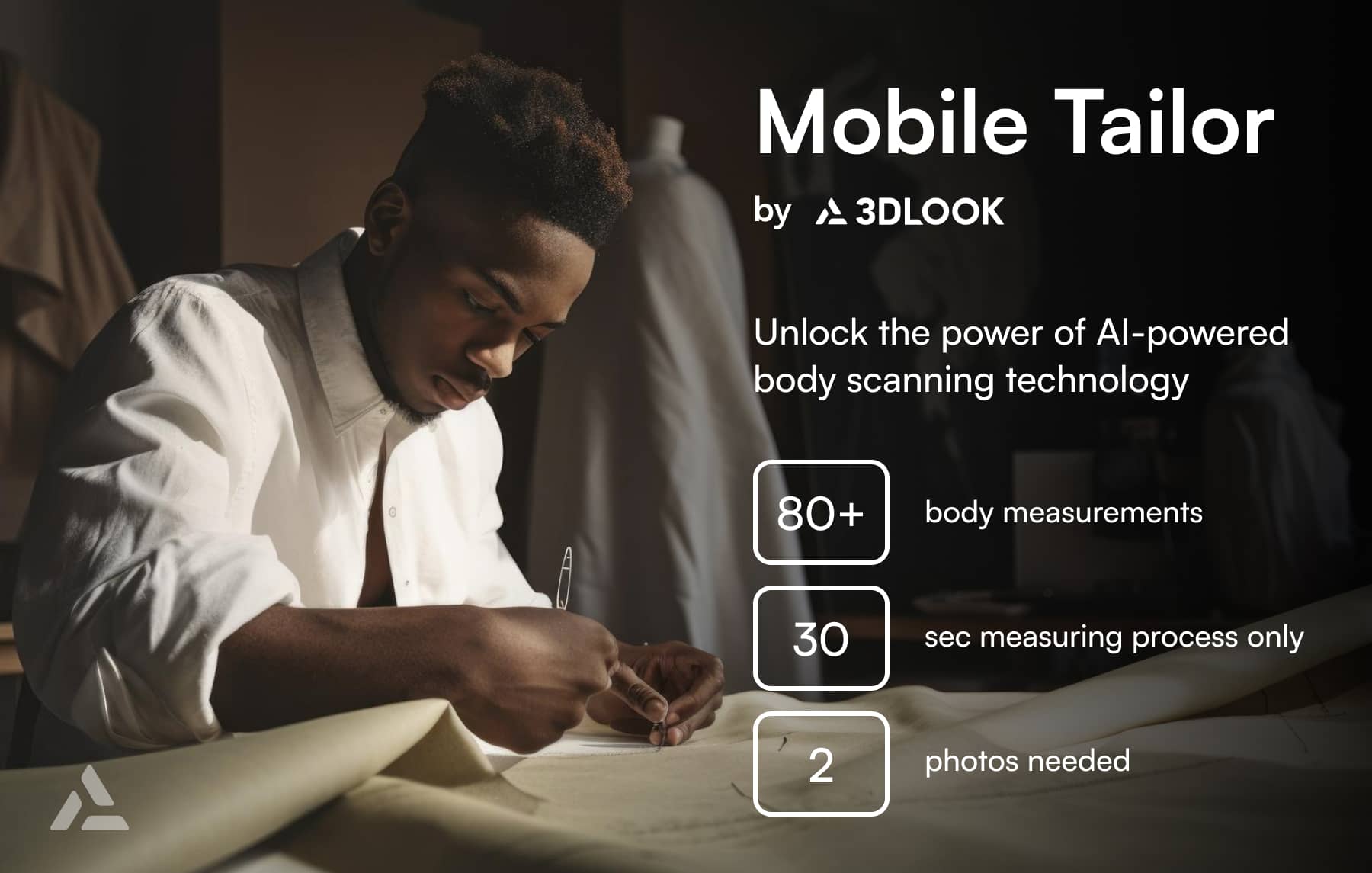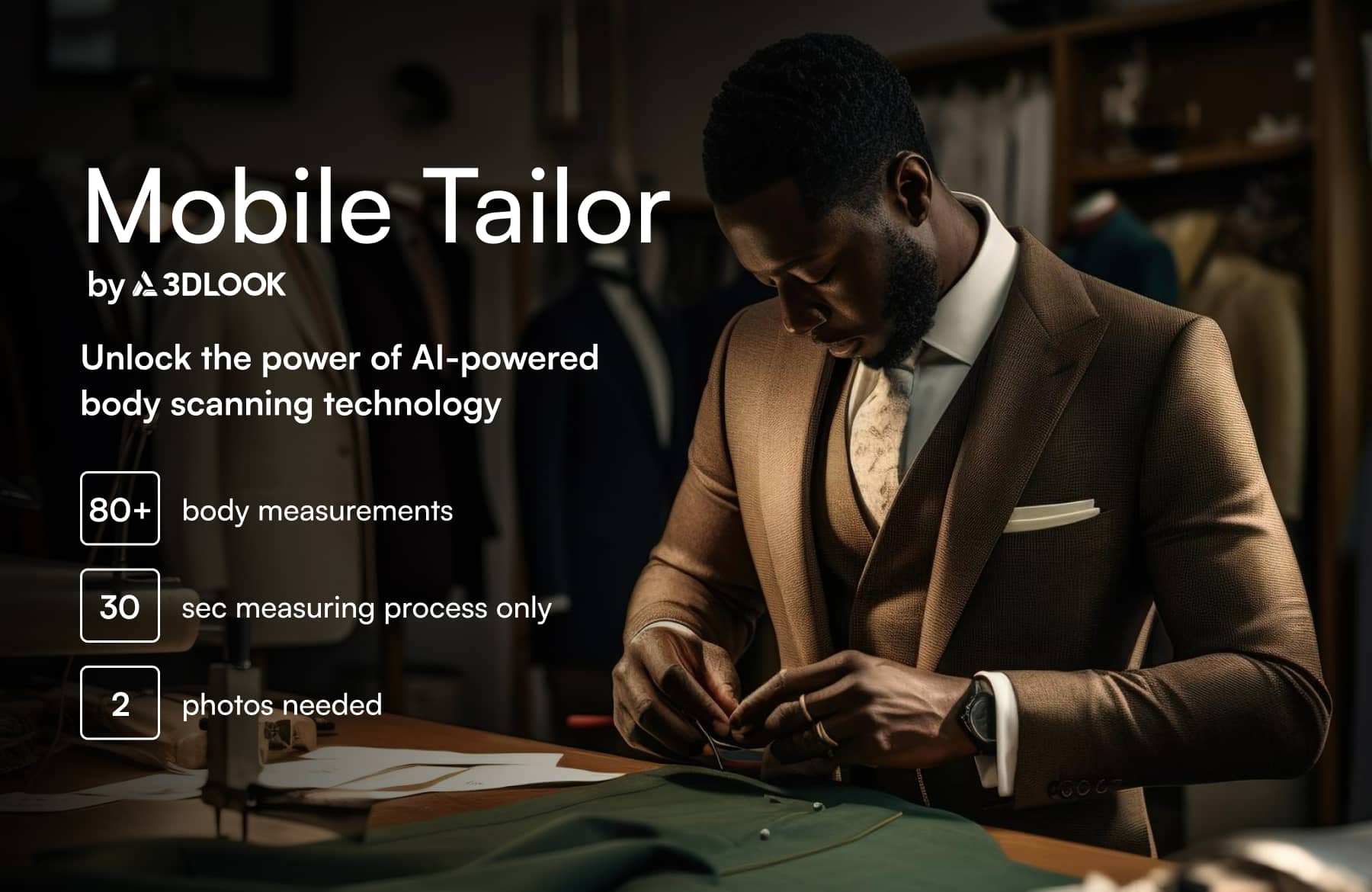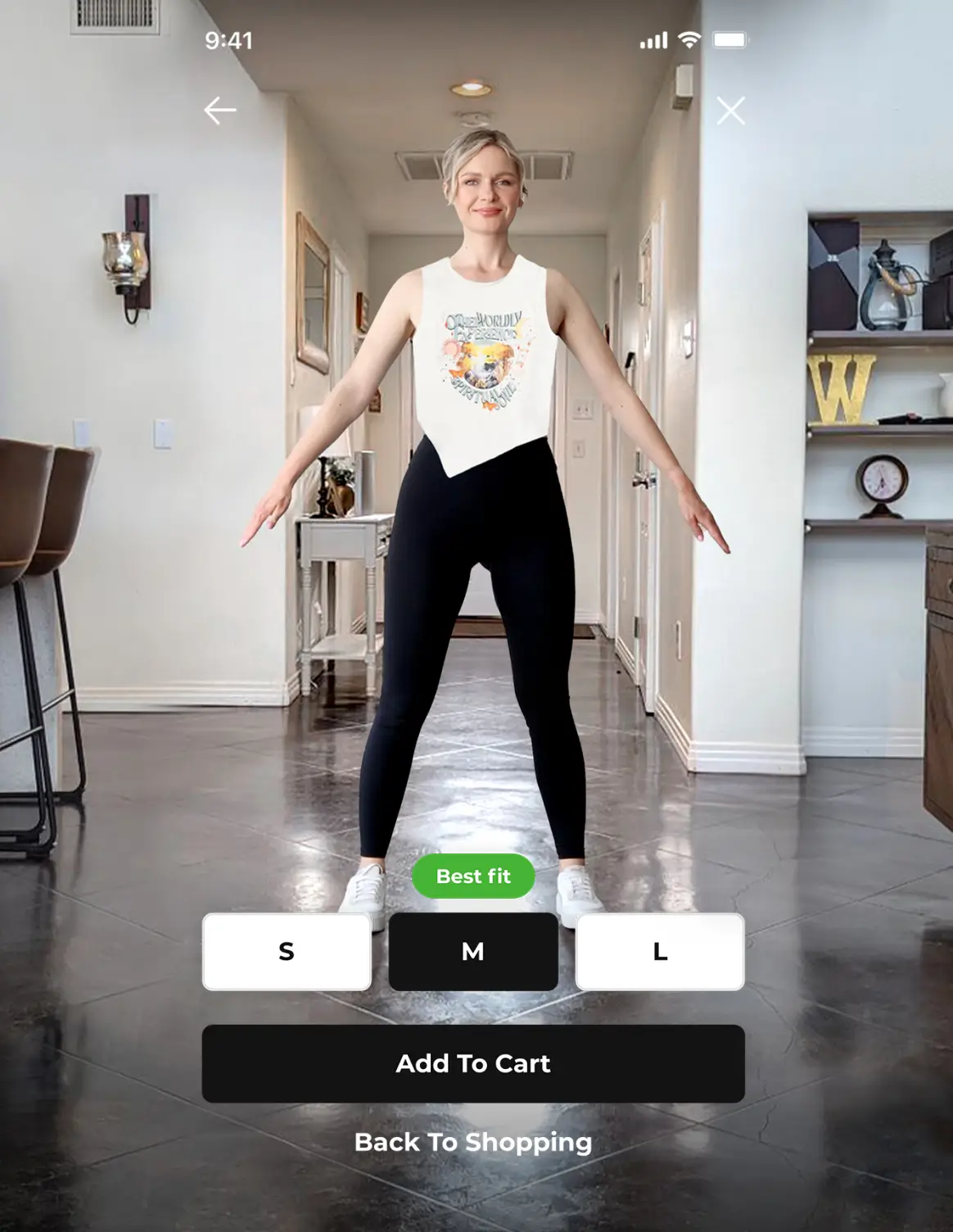At the forefront of this transformation is the intersection of AI and 3D technology, tools that are making personalization not just a promise but a reality. For the discerning Gen Z shopper, this level of customization isn’t a nice-to-have—it’s expected.
Introduction
The fashion retail landscape has undergone a seismic shift in recent years. With the advent of e-commerce and the rising preferences of digitally savvy consumers, traditional brick-and-mortar stores have had to adapt or risk becoming obsolete. The leap into digital isn’t just about survival; it’s about tapping into a well of possibilities that can elevate the whole shopping experience.
The digital era has blurred the lines between physical stores and online shopping, making immediate access and personal touch the new standards. Fashion is personal, and now, thanks to digital leaps, personalization is possible on a massive scale. Data analytics and AI serve as critical tools for retailers, enabling the collection and analysis of customer data to directly inform product development and inventory management, ensuring that consumer demands are met efficiently and effectively.
Optimizing operational efficiency is a cornerstone of retail advancement, facilitated by digital technology. The transition from initial design to a customer’s wardrobe has become markedly expedited, contributing to reduced lead times and significant cost savings. This operational streamlining positively impacts not only profit margins but also environmental sustainability through the reduction of excess production.
Central to this operational transformation is advanced body scanning technology, which is revolutionizing inventory management. Tools like 3DLOOK’s Mobile Tailor empower retailers to anticipate market demand with remarkable precision, drastically diminishing the issue of surplus inventory. This technology ensures garments are produced to meet actual customer needs, enhancing fit accuracy, minimizing returns, and aligning with eco-friendly practices.
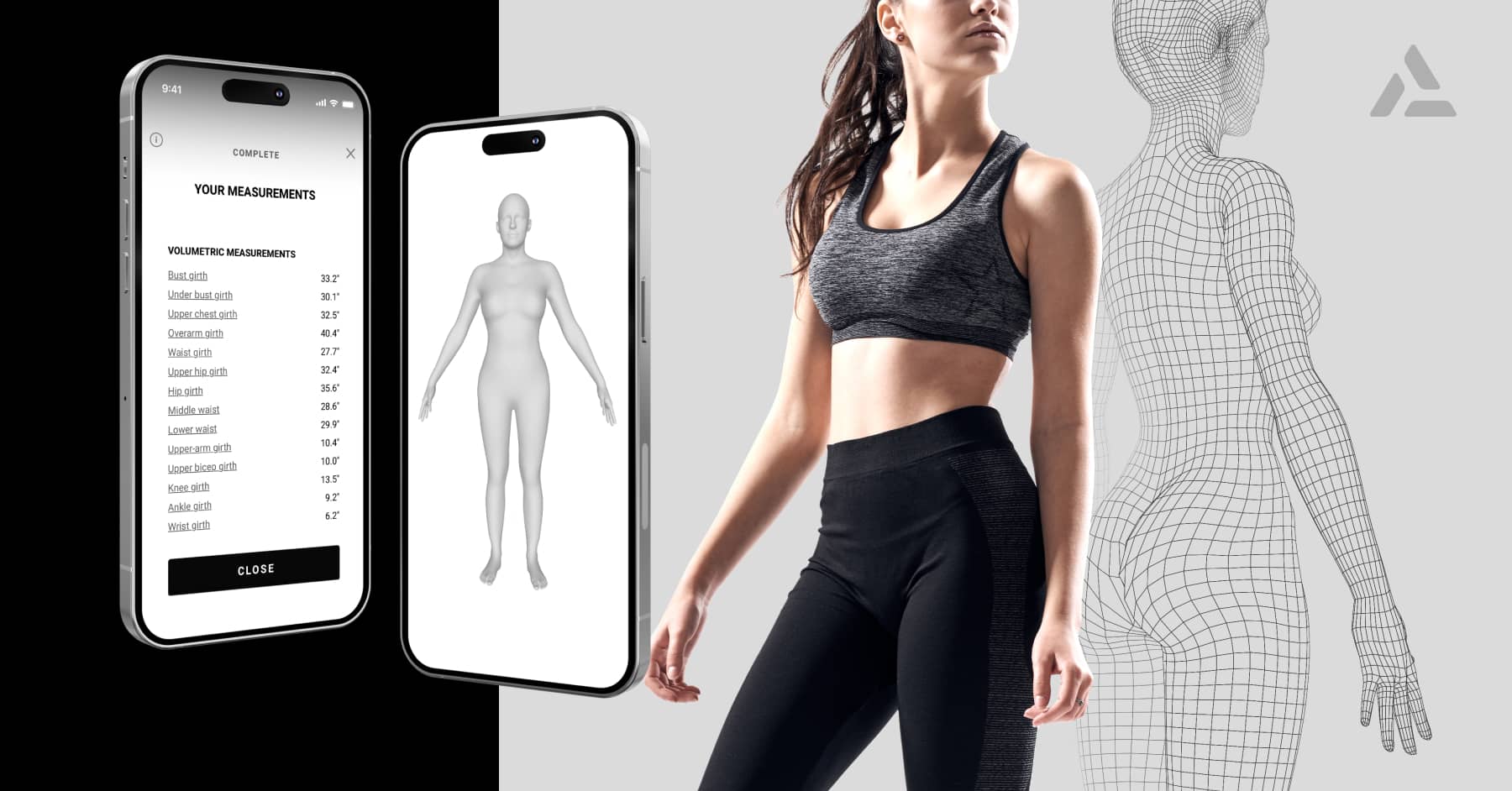
Integrating advanced body scanning technology into demand planning processes yields a significant competitive edge. By harnessing the detailed body data collected from platforms such as Mobile Tailor, retailers can refine their forecasting models to predict size distribution with unprecedented accuracy. This data-driven approach to inventory management allows for production that closely aligns with the varied body shapes and sizes of the consumer base, ensuring that stock levels across different sizes are optimized to meet demand without excess.
Consequently, retailers can operate with leaner inventories, reduce markdowns, and improve cash flow while still meeting consumer expectations for immediate product availability. This strategic application of body data in forecasting not only meets the needs of a diverse clientele but also promotes a more sustainable, less wasteful retail environment.
Moreover, digital technologies have also revolutionized the way fashion retailers interact with their customers. For example, the evolution of social media platforms from casual networking to a robust marketing channel has opened new avenues for brand engagement. It’s a space where retailers can foster community, and transform customers into brand enthusiasts, and those enthusiasts into active promoters.
Overall, digital transformation has become a necessity for fashion retailers looking to thrive in today’s digital age. By embracing technology and leveraging data, retailers can enhance the customer experience and stay ahead of the competition. However, it is important for retailers to carefully plan and execute their digital transformation strategies, ensuring alignment with their business objectives and customer needs.
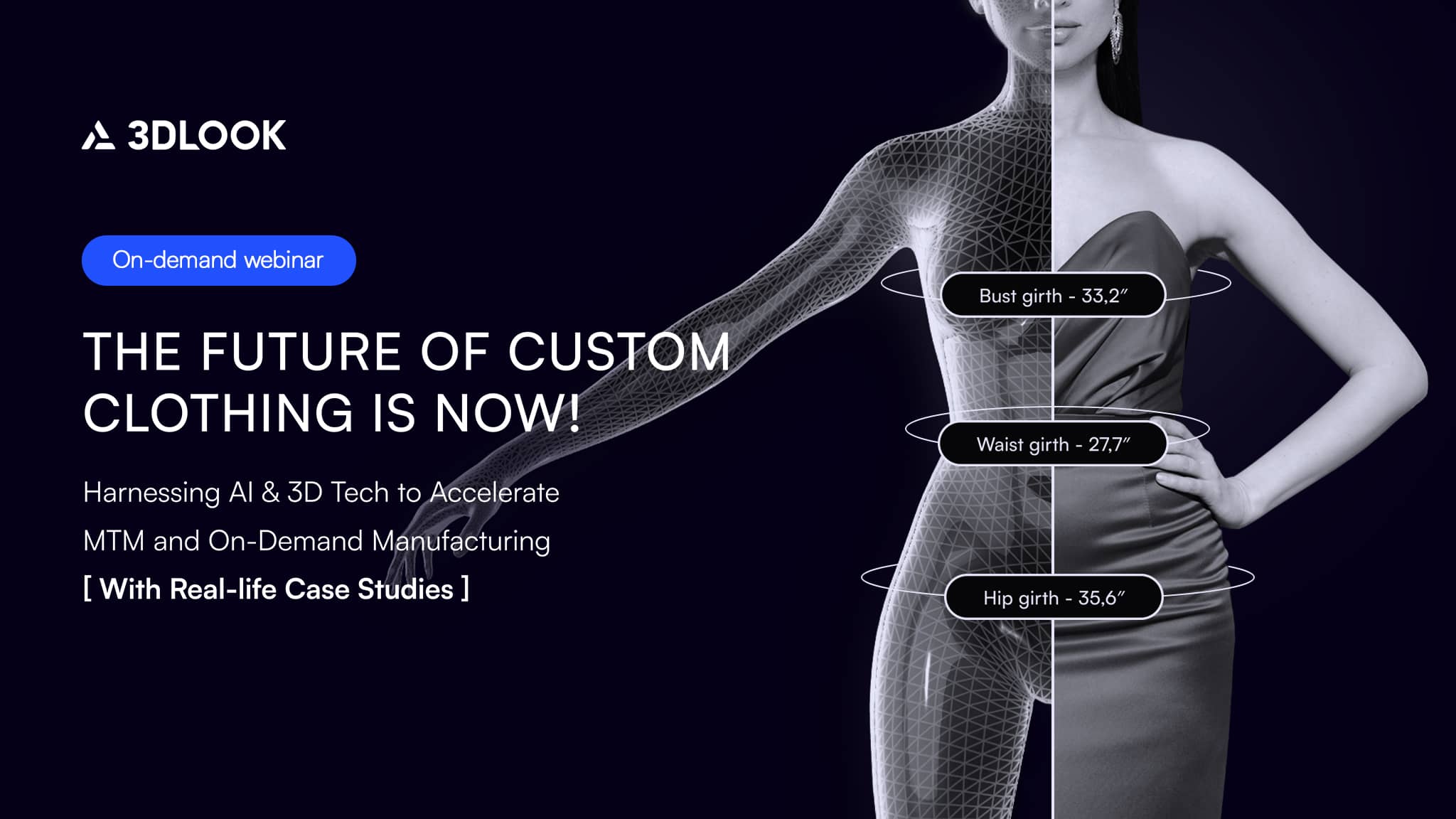
If you want to learn more about how AI & 3D Tech are reshaping the future of fashion retail, watch our on-demand webinar 👆
Redefining the Fashion Retail Landscape
The fashion retail industry is experiencing a paradigm shift, catalyzed by digital transformation. As technology continues to advance at an unprecedented pace, retailers are grappling with new challenges and opportunities. The explosion of social media and the rise of influencers have dramatically accelerated the spread of fashion trends, compelling retailers to quicken their pace to keep up with consumer demands.
With e-commerce erasing geographical barriers, shoppers worldwide can effortlessly indulge in the latest fashion offerings. E-commerce powerhouses like Amazon and niche fashion sites such as ASOS or Shein have upended traditional retail frameworks, necessitating a digital-first strategy for retailers of all sizes.

Amidst these shifts, the purpose of physical stores is undergoing a profound change. While some legacy retailers flounder amidst the new digital wave, others are pioneering the experiential retail movement. These forward-thinking spaces deliver unforgettable, interactive shopping experiences that blur the lines between the tangible and digital realms. Features such as smart fitting rooms that recommend outfits and augmented reality (AR) mirrors for virtual try-ons are reinventing the way we shop.
Sustainability, too, is reshaping the fashion narrative. The modern consumer’s environmental and ethical awareness is influencing purchasing choices, steering the market towards responsibly produced and planet-friendly garments. Retailers are responding by incorporating sustainable materials, minimizing production waste, and embracing fair labor practices, distinguishing themselves in an increasingly conscientious marketplace. Leveraging body data is a game-changer for sustainable retail, minimizing waste through precise made-to-measure and on-demand manufacturing. This approach aligns production with actual demand, reducing excess and championing sustainability in fashion.
Artificial intelligence (AI) and machine learning are becoming the linchpins of retail, used to personalize customer interactions, enhance operational efficiencies, and sharpen inventory management. AI-driven chatbots and predictive analytics are becoming the norm, offering personalized shopping advice and predicting upcoming fashion currents.
The lines between online and in-store shopping experiences are also fading. Retailers are weaving an omnichannel fabric that allows customers to effortlessly flit from web browsing to in-store buying, crafting a cohesive and tailored shopping journey.
Retailers’ ability to pivot and embrace these emerging dynamics—technology, sustainability, experiential spaces, and omnichannel strategies—is critical. Keeping pace with these shifts is not just about survival but about seizing the opportunities to flourish in the dynamic and ever-changing fashion retail arena.
Leveraging 3D and AI for Strategic Advantages
At the forefront of retail innovation, the adoption of 3D technology coupled with Artificial Intelligence (AI) is redefining customer engagement in fashion. This cutting-edge convergence of technologies allows for sophisticated virtual try-ons, enabling shoppers to preview fits and styles digitally, thus sharply reducing return rates. More than a convenience, this is a strategic tool for retailers to tailor their inventory to consumer specifics, cutting down on excess production.
Moreover, AI-driven interfaces and virtual styling assistants like Garderobo AI are revolutionizing shopping experiences. These systems delve into extensive data to craft personalized style suggestions, taking into account individual shopping history, style preferences, and current fashion trends – a bespoke service at a digital scale.
3DLOOK plays a pivotal role in reshaping retail experiences. By combining advanced AI with 3D, the company is empowering retailers to provide their customers with highly personalized virtual try-on experiences and made-to-measure services that were once unimaginable outside the realm of bespoke tailoring. With technology that captures over 80 accurate body measurements, 3DLOOK is enabling a shift to a more sustainable and customer-centric business model where mass customization mirrors the exclusivity of bespoke services, aligning perfectly with the strategic vision of forward-thinking CEOs.
Request a demoThe Rise of the Custom Clothing Market
The custom clothing market is experiencing a significant surge, set to reach an astounding $68 billion by 2024. This represents a 51% increase from 2021, highlighting a consumer trend towards highly individualized clothing. The digital era has made it possible for brands to offer made-to-measure garments on a larger scale, blending the ease of online shopping with the precise fit typically found in custom-tailored apparel. Utilizing 3D body scanning technology and sophisticated algorithms, retailers are now able to obtain precise body measurements from customers, crafting garments that deliver an impeccable fit.
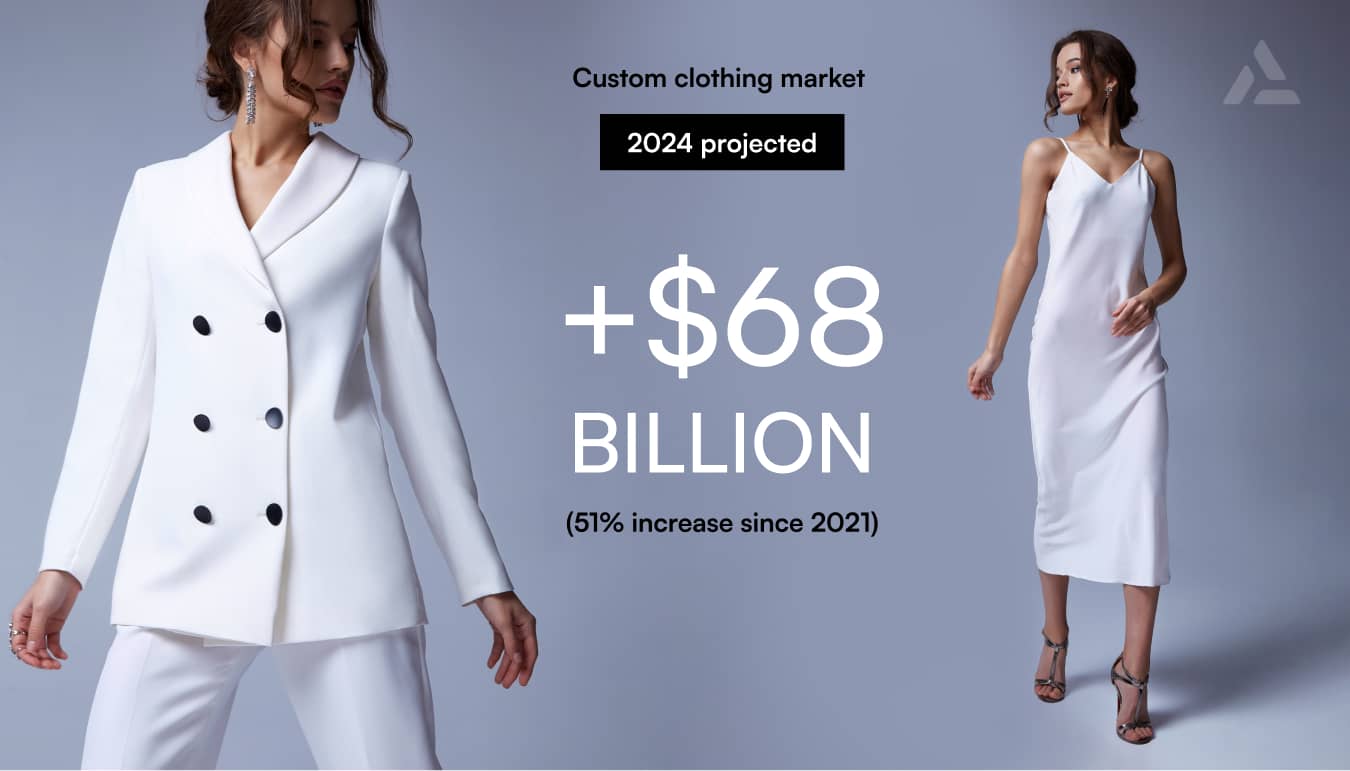
This move toward personalization not only elevates the shopping experience but also champions environmental responsibility. Traditional mass-production methods lead to overstock and subsequent waste, with unsold clothing often discarded in landfills. The on-demand production model of custom clothing addresses this problem, significantly diminishing waste and fostering sustainable fashion practices.
Technology Milestones in Fashion
Throughout history, technology has been a driving force in the evolution of fashion from its earliest days. From the invention of the sewing machine to the introduction of synthetic fabrics, these advancements laid the groundwork for the fashion industry’s rapid expansion, intertwining technological progress with the very fabric of how fashion is created and consumed. Today, as we stand on the brink of the digital frontier, technology continues to propel fashion forward, merging the latest digital innovations with traditional fashion craftsmanship to redefine what is possible in retail and design.
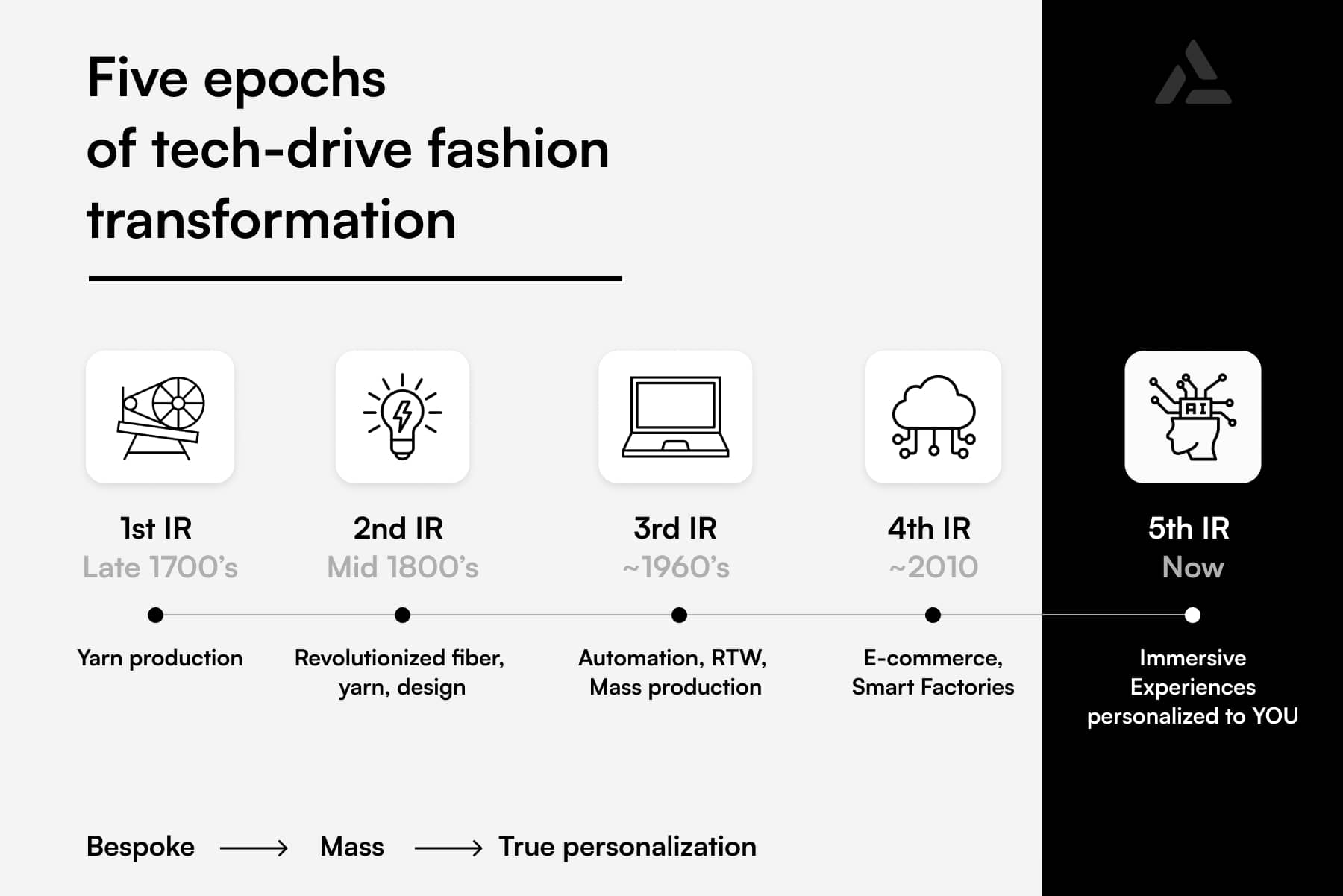
The adoption of augmented reality (AR) and 3D technologies has opened up new avenues for fashion retailers. AR-powered apps allow shoppers to virtually try on clothing and accessories.
The Personalization Paradigm
In the age of digital transformation, personalization has become a cornerstone of successful fashion retail. Customers now expect tailored recommendations, curated collections, and personalized offers. Retailers that can capture and analyze customer data effectively stand to gain a competitive advantage by delivering hyper-relevant shopping experiences.
AI powered predictive analytic tools enable retailers to harness vast amounts of customer data, from browsing behavior to purchase history, to create personalized product recommendations. By understanding customers on an individual level, retailers can build brand loyalty and foster lasting relationships.
Sustainability and Advancing the Circular Fashion Economy
The burgeoning consciousness of the damaging environmental footprint of the fashion industry is steering a pivotal shift toward more sustainable operations. The digital era is instrumental in facilitating this change, empowering brands to embrace a circular fashion economy. This progressive model eschews the traditional, linear “take-make-waste” approach, advocating for the reuse, recycling, and life-extension of clothing items.
In the pursuit of eco-conscious fashion, technologies like RFID tags and blockchain are crucial for tracing material origins and ensuring supply chain transparency. This accountability is bolstered by the adoption of cutting-edge recycling techniques, which convert old clothing into new, and advanced dyeing processes that reduce water and chemical use.
Innovative technologies such as Mobile Tailor are at the forefront of combating overproduction. By offering garments tailored to individual measurements, the fashion industry can decrease the massive carbon footprint caused by returns and excess inventory. Accurate body scanning technology ensures that each piece of clothing fits precisely, reducing the need for mass-produced sizes that frequently result in unsold stock or returns. This technological advancement is a significant stride towards a circular fashion economy, which not only aligns with consumer expectations but is also in harmony with our planet’s limits.
The Influence of Generation Z
Generation Z, the digitally native cohort born between the mid-1990s and mid-2000s, is reshaping the fashion industry. This generation has grown up with technology at their fingertips, leading to a shift in shopping behavior. They demand authenticity, sustainability, and social responsibility in the brands they choose to support.
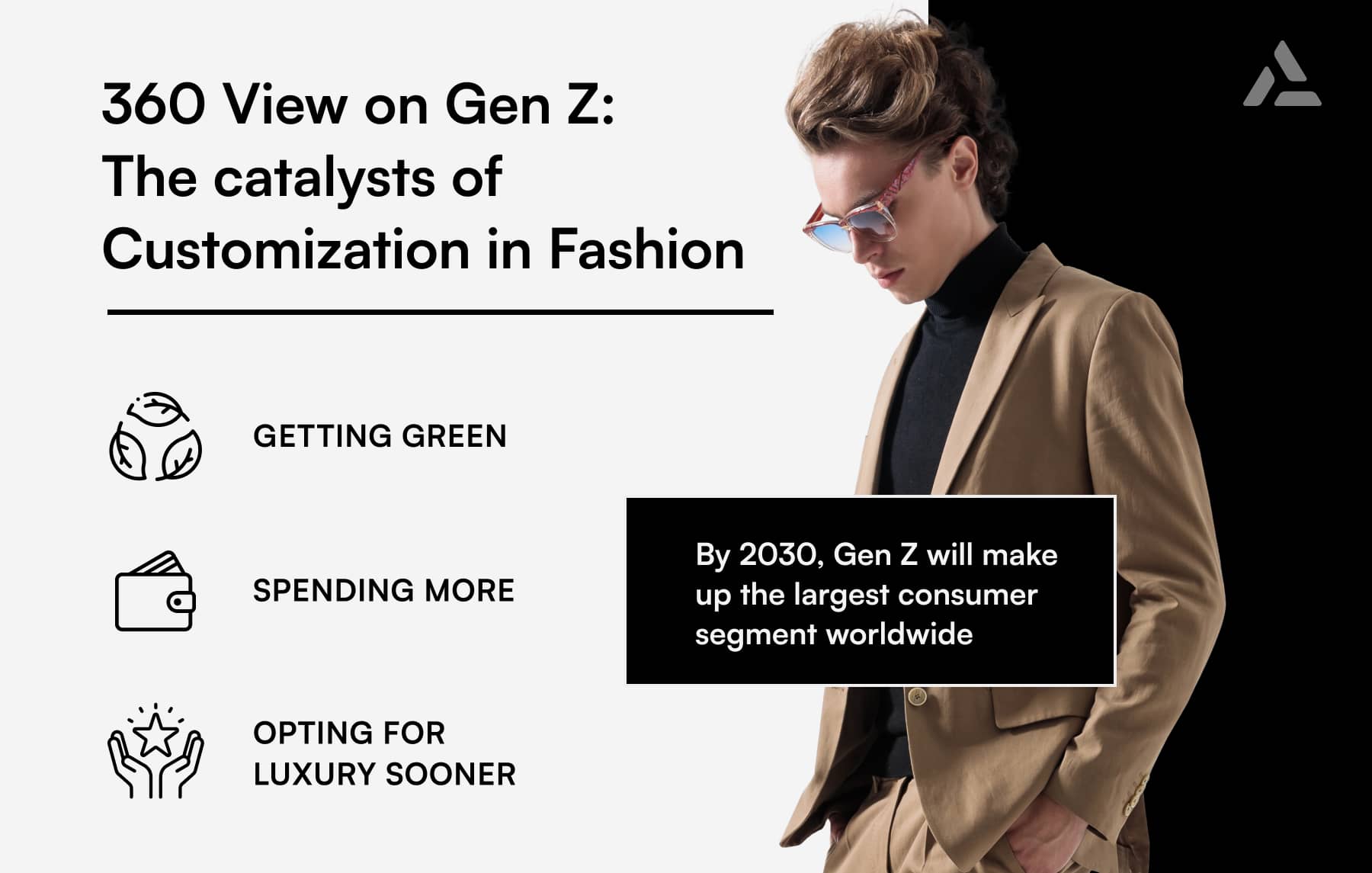
The digital revolution is empowering fashion retailers to meet the distinct tastes of Gen Z. From immersive in-store experiences to engaging social media campaigns, brands are leveraging technology to capture the attention and loyalty of Generation Z. As digital natives, Gen Z shoppers value streamlined online experiences, the authenticity of user-generated content, and customized brand interactions.
3DLOOK’s Mobile Tailor
Mobile Tailor stands at the forefront of retail innovation, offering a seamless bridge between technology and personalization. This advanced solution enables customers to create accurate 3D body models with a simple scan using their smartphone cameras. These precise measurements are a game-changer for fashion brands, made-to-measure services, and individual tailors, ensuring impeccably tailored garments for both online and in-person shoppers. Beyond the elimination of sizing uncertainties, Mobile Tailor elevates the shopping journey, allowing retailers to recommend garments that not only fit but also flatter each customer’s unique body shape, thereby enhancing satisfaction and loyalty.
Quantifying Innovation: The Impact of 3D Scanning Technology (3DLOOK’s Case Studies)
The real-world advantages of digital transformation are evident in the fashion industry’s evolving landscape, particularly through the lens of 3D scanning technology’s impact. 3DLOOK’s body scanning solutions have empowered retailers with unprecedented accuracy in body measurement and sizing. Case studies offer a glimpse into the significant enhancements these technologies bring to retail operations.
By integrating 3DLOOK’s solutions into their platforms, retailers have witnessed significant improvements in key metrics. For instance, Baynes & Baker, an NYC-based luxury suit brand, has seen a significant reduction in alteration and remake costs using Mobile Tailor. Alteration costs were reduced by 50%, and the cost of remakes went down by 90%. This substantial reduction in overhead costs resulted in a 90% increase in the gross margin per garment.
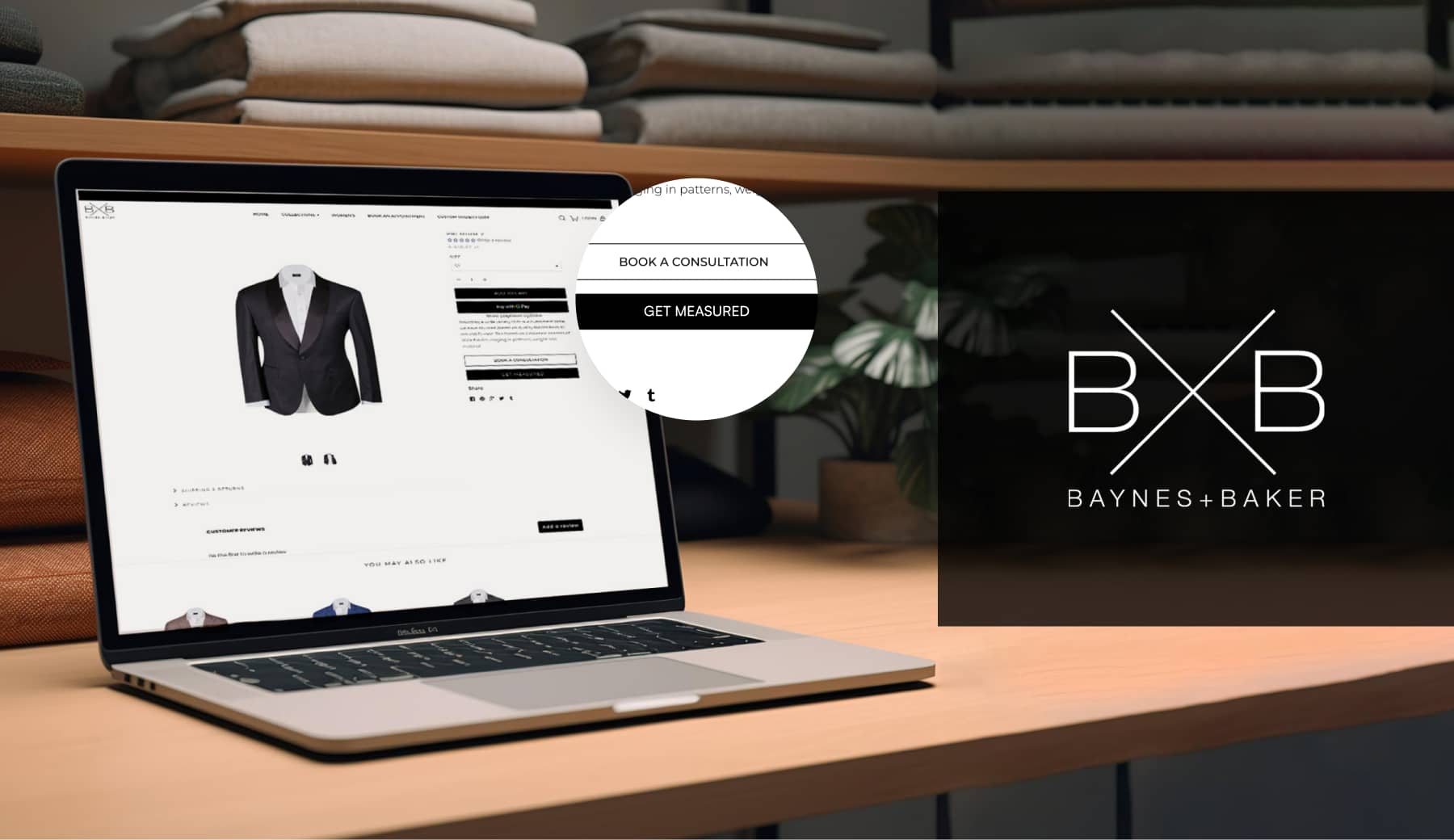
Similar impressive results have been obtained by slø jeans, a sustainable denim brand. 80% of slø’s size-related returns and exchange cases, previously stemming from manual measurement errors by customers, have been resolved by using Mobile Tailor in the return and exchange flow. Learn the full case with slø jeans here.
Envisioning Tomorrow’s Fashion Ecosystem
The trajectory of fashion retail is firmly intertwined with the evolution of digital technology, pointing towards a future rich with innovation. The advancement of artificial intelligence, generative AI models, and 3D is set to deepen their integration, further enhancing and personalizing the shopping journey.
Sustainability is poised to take center stage as the industry gravitates toward a circular economy model, propelled by better data access and supply chain clarity. This will empower consumers with the knowledge to make more environmentally and ethically sound choices.
In this dynamic landscape, the synergy between fashion and cutting-edge technology will continue to recalibrate consumer expectations and spearhead a transformative era for the entire industry.

